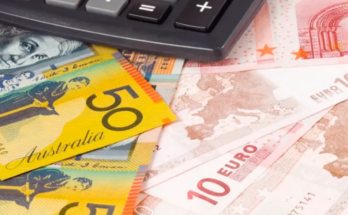Market volatility is what keeps traders glued to their screens, what makes them interact more with their trading accounts and makes them pay more commissions to the brokers. Volatility is also essential for bringing more traders seeing opportunities to the world of forex and also what provides news for sites like this one.
Despite monetary policy divergence, market volatility in forex has been slowing down. 2013 saw a rise in volatility in currencies such as the Japanese yen and the Australian dollar, but this is already behind us. The lack of action is seen everywhere. The most painful slowdown is seen in EUR/USD, by far the world’s most popular pair. And the following chart best reflects the lack of volatility:
This is a live daily chart of EuroFX VIX: showing volatility in the euro. The index stands at 5.84 at the time of writing, just above the multi-year lows. You can change the view to weekly or monthly and/or zoom out to see previous levels. During 2013, it did not really fall below 7. In 2011 and in early 2012, at the height of the euro-zone debt crisis,  it stood at even higher levels.
As seen on the chart and as reported by several brokers, April was quite a bad month. Historic trends suggest that the month of May is usually packed with action. Let’s hope.
Do we need a crisis to see stronger volatility and more interest in forex trading? It is not necessarily so. Volatility in the pre-GFC years was not that bad.
Will volatility pick up? Here is an optimistic article: Is FX volatility set for a recovery?



